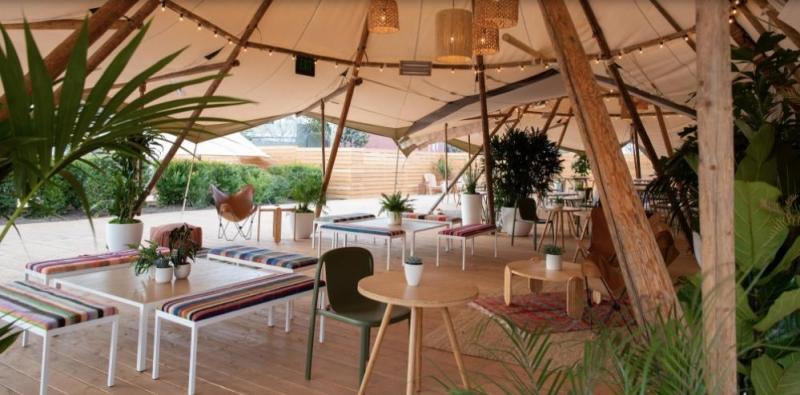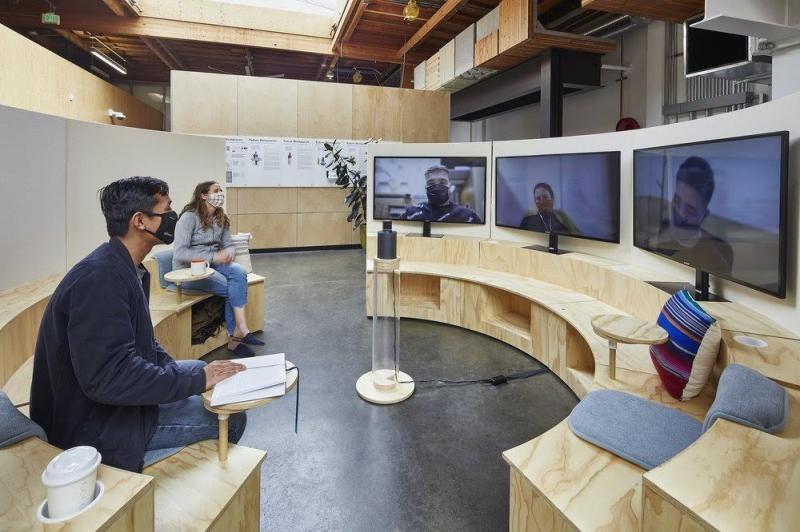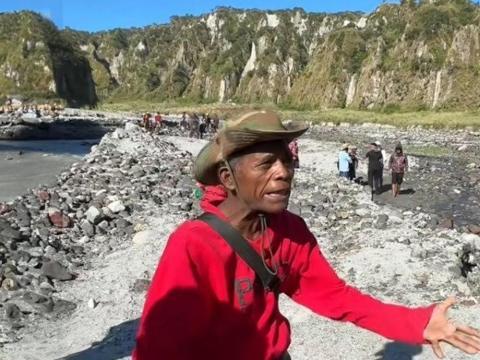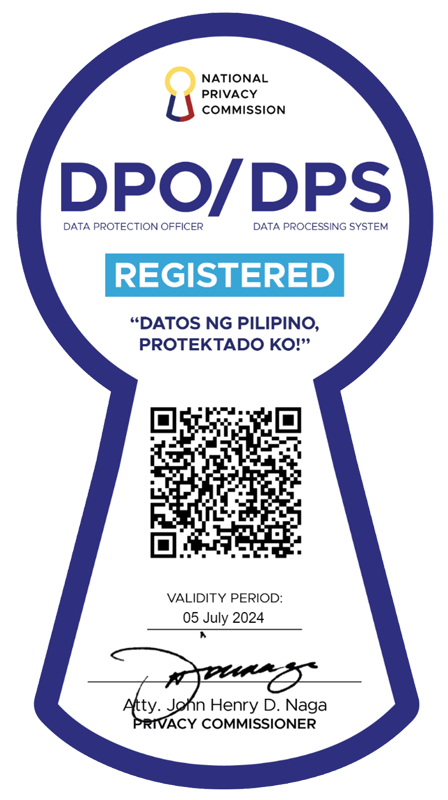Hybrid work model: The future of offices amid the pandemic
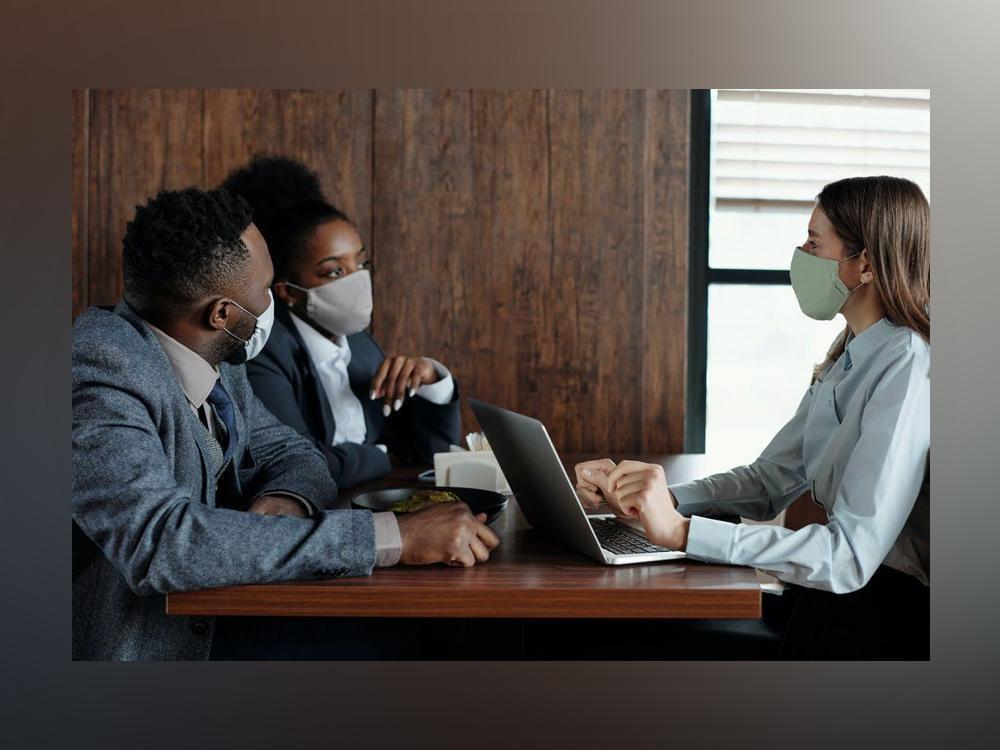
Lockdowns have slowly eased in different parts of the world as vaccinations against COVID-19 continue, and this means some people may soon return to the office for work, as what many of us have been accustomed to pre-pandemic.
But now that most of us have adapted to remote work, many are questioning if there's still a need to be physically present in the office now that we've proven that employees can be as productive when working from home.
If you ask workplace experts and corporate bigwigs, there's no need to abandon one of the two, and instead what companies should do is find a middle ground, which basically means adapting to a new, hybrid work model.
Work schedule
UK-based digital marketing agency Adtrak has adapted to a new hybrid work model in recent weeks. One of the big changes they implemented is requiring fewer days of being physically present in the office.
They are one of the many companies that now only require their employees to report to the office once a week on the same day as their teammates.
Aside from dedicating only one day of being physically present in the office, Adtrak also only requires employees to come to the office when there's collaborative work that is best done in person or when there's a meeting.
The rest of the time, their employees have the choice to work from home.
In a BBC article, Adtrak's business operations director James O'Flaherty explained why they decided on adapting to a new, hybrid work model.
“We're really trying to see the office in a different way.
“Before it was, 'I go to the office because that's what I do to work.'
“Now, we want it to be more like, 'I'm going into the office today because today is the day I see people.'
“We're trying to use that day in the office to be more collaborative, get some face-to-face time, and really reignite the culture we've missed being remote.”
One of the areas in Google's Camp Charleston / Source: Google
Floor plan
As the purpose of the office evolves, this also means the way you use our workspaces in the office will change.
And as mentioned earlier, if employees are mostly to report to the office on assigned days only for collaborative work, then there'll be more need for communal places instead of the individual spaces or cubicle farm-type layout we've all been used to.
Moreover, since the pandemic is not yet truly over, the health and safety of employees is still a major concern.
So, offices still need to consider how to lessen the likelihood of a possible COVID-19 transmission or outbreak in the office.
Google reportedly has started building outdoor work areas where proper ventilation and social distancing can be observed.
One of them is Camp Charleston, a fenced-in parking lot and lawn area that's about the size of four tennis courts.
It was transformed into an outdoor office with mixed grass and wooden deck flooring and wi-fi all throughout.
They also have designated meeting areas and state-of-the-art video conferencing equipment.
And since the way we use our workspaces will continue to change amid the pandemic, some companies are considering making office furniture more flexible, to keep up with the ever-changing needs of the employees.
Google is said to have developed a privacy robot and balloon wall that can be easily mounted and unmounted when needed.
Video conferencing will likely remain in the new hybrid work model / Source: Google
New technology and equipment
Technology is ever-evolving and so are our needs and priorities in the workplace. Amid the pandemic, video conferencing has become crucial and is likely to remain so as we adapt to a hybrid work model.
Aside from strong internet connection and video conferencing apps, equipment such as cameras, microphones, headphones or earbuds, and huge LED monitors are also among the must-haves in the office.
Furthermore, as the COVID-19 threat continues, we will also likely see more touchless technology in the office such as face recognition and intelligent signage or QR codes.
What else to expect?
For now, there is no fixed new work model for the post-pandemic world. Changes will likely continue to come as we traverse the second year of the COVID-19 pandemic.
Right now, the future still looks blurry because although vaccinations have already begun in different parts of the world, we now hear about the Delta variant that is a looming threat to the whole of humanity if it continues to spread and mutate.
So, how do we prepare for a new hybrid work model that's still likely to evolve? We say being flexible and open to change is the best thing to do.
For more lifestyle content, head out to GMA's Lifestyle page.
Meanwhile, check out how these celebrities are adapting to their work-from-home setup in the gallery below:



